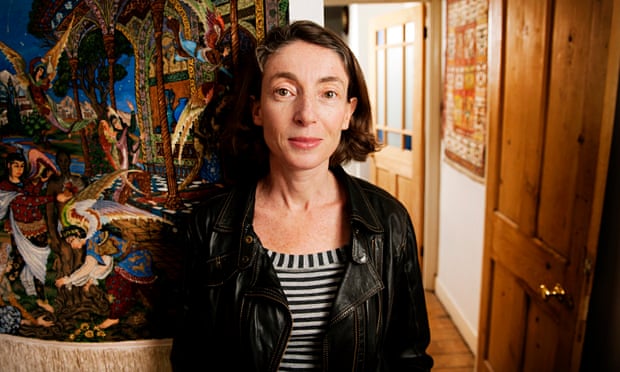There’s no shortage of choice, so why is there only one book written by a woman out of the 12 in contention for the award?

What is it with judges? This week a member of the UK supreme court, Lord Sumption, opined on why we should take only baby steps towards gender equality in the judiciary. He advises it could take 50 years. Meanwhile, the eminent adjudicators of the Samuel Johnson prize for non-fiction produced a cracking longlist of a dozen books that includes just one by a woman. The SJ jury is more diverse than those judged; comprising three women and two men. By contrast, our highest court contains only one female justice out of 10 and, unlike the Sam Johnson team, all of those male judges are white. A decade on, Baroness Hale remains the first and only woman to serve in such a crucial constitutional capacity. prize is no cultural laggard – the last two winners were women – and this list unarguably stands up among the very best of the year’s non-fiction. But, in 2015, it stretches credibility to suppose that 11:1 is the natural ratio of a functional meritocracy.
Sumption claims that senior women aren’t putting themselves forward in the law. That may or not be true. We do know, however, that publishers still submit more books by male writers for non-fiction prizes. The Samuel Johnson panel was given 200 books to whittle down to 12. My hunch is that the lopsidedness comes from a standing start of gender imbalance in publisher submissions.
More
Sumption claims that senior women aren’t putting themselves forward in the law. That may or not be true. We do know, however, that publishers still submit more books by male writers for non-fiction prizes. The Samuel Johnson panel was given 200 books to whittle down to 12. My hunch is that the lopsidedness comes from a standing start of gender imbalance in publisher submissions.
More
No comments:
Post a Comment